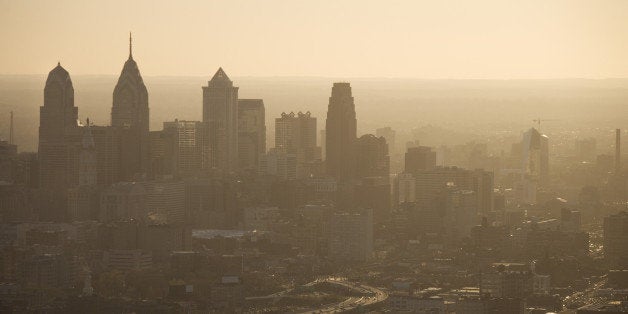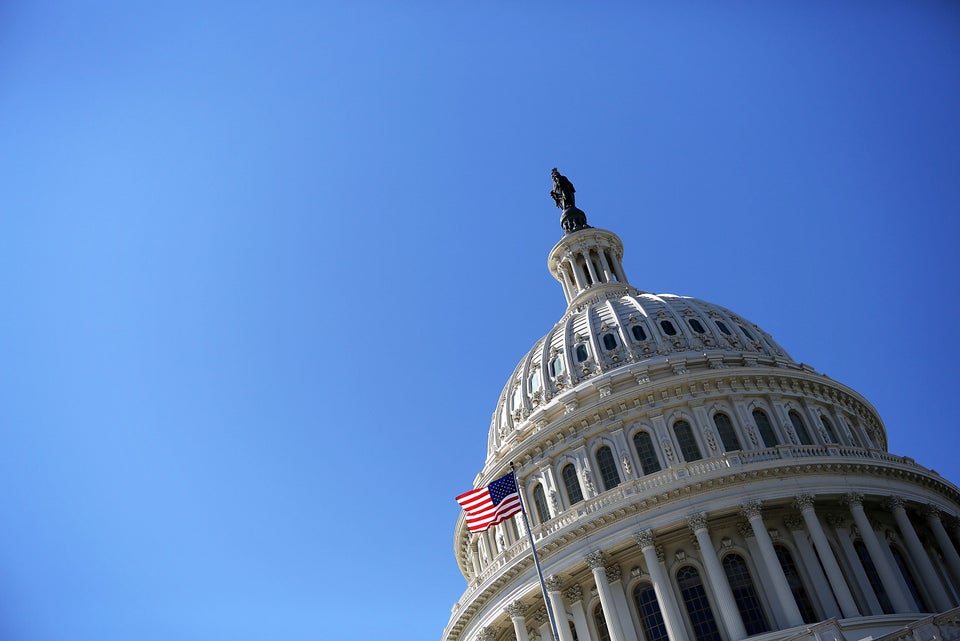
WASHINGTON -– Environmental Protection Agency science advisers have recommended the agency strengthen ozone pollution standards in order to protect public health.
Ground-level ozone pollution -- often referred to as smog -- is created by chemical reactions between nitrogen oxide and volatile organic compounds emitted from factories, power plants and vehicles. The EPA's Clean Air Scientific Advisory Committee, in a letter to Administrator Gina McCarthy on Thursday, recommended that the agency toughen its standard by lowering the limit on the amount of ozone pollution to between 60 parts per billion and 70 parts per billion, from the current level of 75 parts per billion.
There is "adequate scientific evidence" to support lowering the limit to a range of 60 to 70 parts per billion, the letter said. But the scientists strongly advised against setting the limit at the higher end of that range, saying that 70 parts per billion "provides little margin of safety for the protection of public health, particularly for sensitive subpopulations." People more sensitive to ozone pollution include those with asthma and other lung conditions, children and the elderly.
At 70 parts per billion, "there is substantial scientific evidence of adverse effects," the science advisory board said, "including decrease in lung function, increase in respiratory symptoms, and increase in airway inflammation." The scientists noted that the lower end of 60 parts per billion "would certainly offer more public health protection" than higher levels.
Public health groups on Friday said that the letter shows the EPA should set a strict standard.
"These independent experts recommended to EPA that a level of 60 parts per billion would protect public health and would clearly meet the requirements of the Clean Air Act to provide an adequate margin of safety," said Janice Nolen, assistant vice president for national policy for the American Lung Association. "The Lung Association calls on EPA to heed their advice and propose a standard of 60 ppb to provide the required protection from dangerous and potentially deadly ozone."
The fight over ozone rules dates back to the George W. Bush administration. The Bush EPA adopted new standards in March 2008 that set the limit for ozone pollution at 75 parts per billion -– a level that exceeded what the agency's scientists had said it should be.
The Obama administration got to work revising those standards shortly after taking office, and in January 2010 released a draft proposal that suggested lowering the limit to between 60 and 70 parts per billion. But the final rules were delayed multiple times.
The rule was again delayed in September 2011, when President Barack Obama directed the EPA to withdraw the proposal and wait until 2013 to update the rule as part of his effort to reduce "regulatory burdens and regulatory uncertainty."
The environmental groups Earthjustice, Environmental Defense Fund, Sierra Club, American Lung Association and Natural Resources Defense Council sued EPA to force it to produce a new ozone rule. In April, a federal judge ruled that the EPA had to issue a draft proposal by Dec. 1, 2014, and a final rule by Oct. 1, 2015. The letter from the science advisory board is intended to guide the agency in developing the new rule.
"The health community has been calling for a standard of 60 parts per billion or lower for a long time," David Baron, a managing attorney at Earthjustice, told The Huffington Post Friday. "The evidence now is even stronger that we need that level of protection, or even something more protective, to avoid these kinds of harms to asthmatic kids, seniors and others who are at risk. … It's time to set the standard at the level that's going to protect people's lungs."

